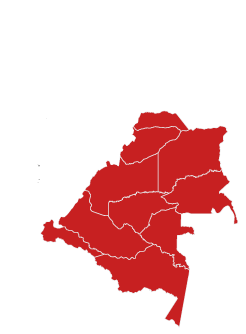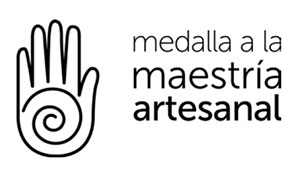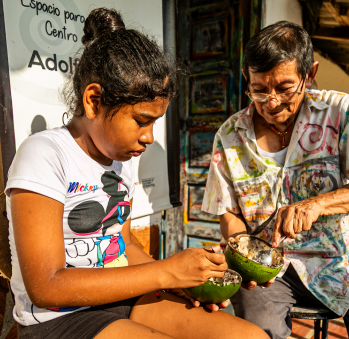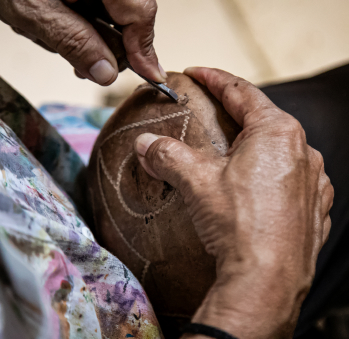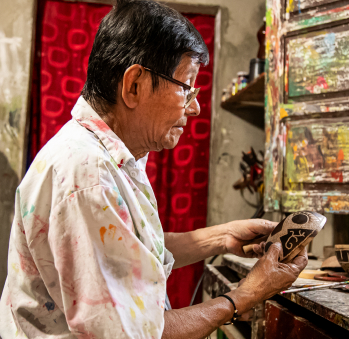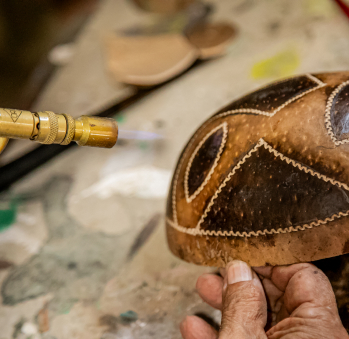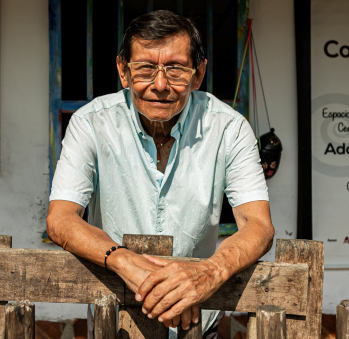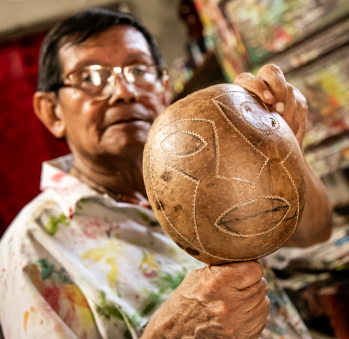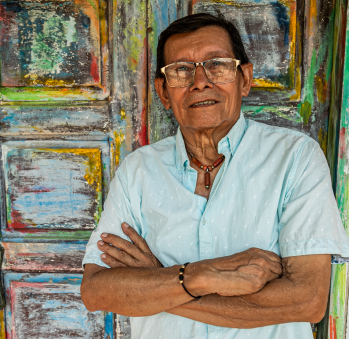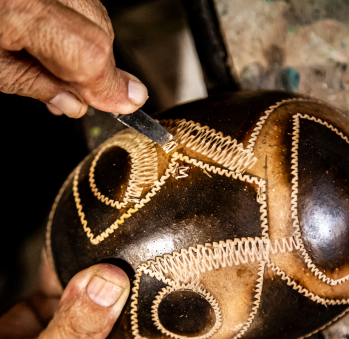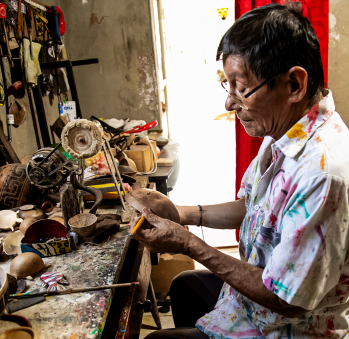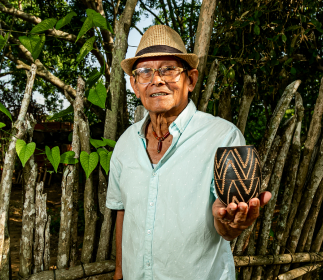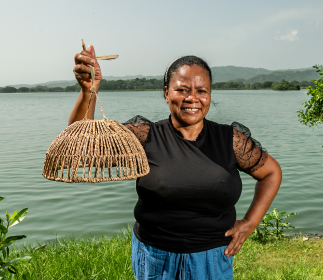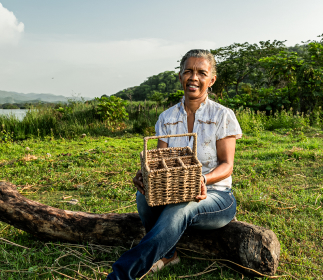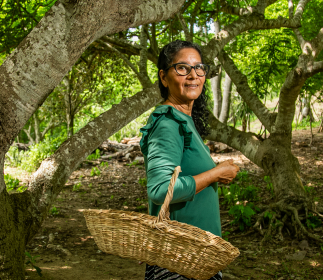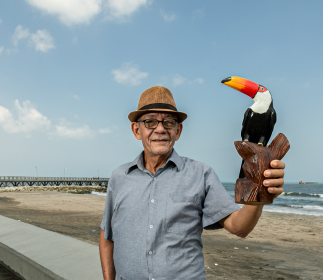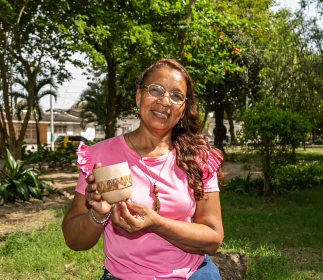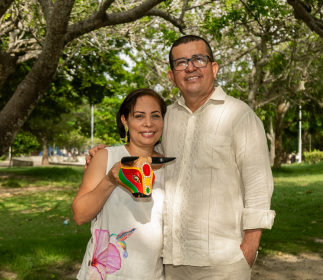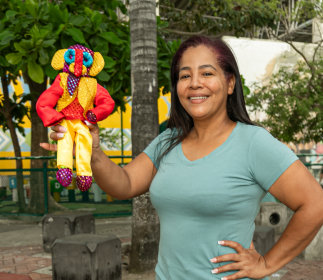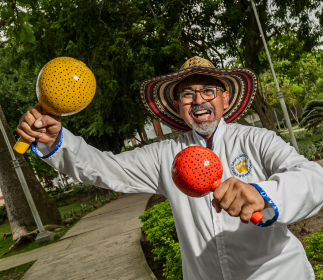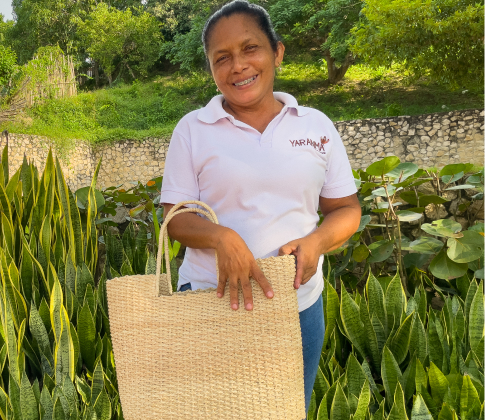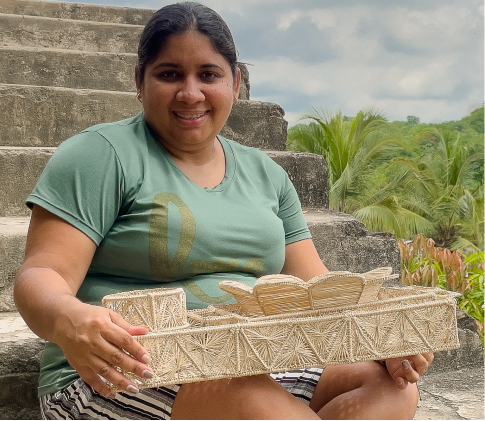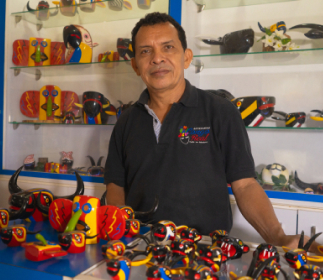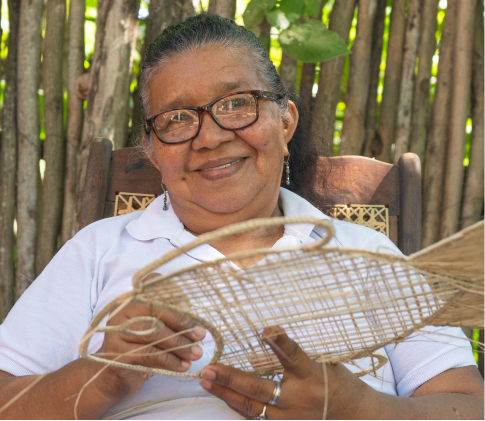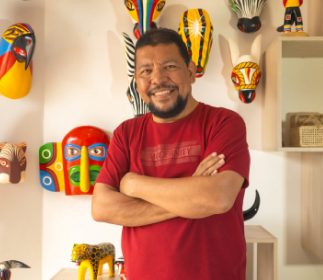Adolfo Coll
To learn how to carve totumo, all you need is a rusty steel awl. Offering this simple tool, Master Alfredo Coll has taught his neighbors, adults and children alike, about working with it for years, and it is said that in the beginning, he used to incentivize children just to ensure a bit of the technique wouldn’t be lost. After carving a prepared totumo, he teaches interested individuals the intricacies of the craft: knowing when to harvest the fruit from the totumo tree by pricking it with a nail and thoroughly cleaning it to prevent it from turning black or wrinkling.
Without quite knowing why, whenever he has a totumo or a piece of driftwood in front of him, the Master feels compelled to carve a mask. Eyes, noses, and mouths appear to him, manifestations of a face wanting to speak. Masks, symbols of the personification of animal or mystical entities and tools of embodiment, are surely an inheritance from his Mokaná ethnicity, from the collective unconscious of those artisans who, before him, created the anthropomorphic faces that now emerge from the earth and are considered mere archaeological objects by us.
In him, this ancient tradition of mask-making manifests in faces with irregular and unreal features, with disparate square or round eyes and noses resembling neckties. He knows that, like people, each mask requires a unique face; hence, none resembles another. And on the cheeks, he draws the frogs, cicadas, snails, and lizards found in Piedra Pintada in El Morro, a sacred testimony of the symbolic world of his ancestors, lying very close to Tubará, which he translates into geometric drawings that match his characteristic style.
However, to get to making his masks, he first had to learn jewelry making from his father, Manuel Coll, who worked in goldsmithing all his life. Adolfo sat by his side and imitated his technique. By the age of nine, he had mastered it. Since then, regardless of the work he had, he always had a jewelry workshop set up at home until, in the 1980s, the craft began to change, and he decided to give a chance to that material abundant on the coast, the totumo growing in front of the company where he worked, the same one his grandmothers and aunts used as cups and bowls. When he started using it, he treated it with jewelry techniques and made jewelry. Then he began burning it with the same blowtorch and chose to reverse the traditional technique of Córdoba, where they first burn the entire totumo and then carve it. He decided to carve it first and then burn it, thereby dividing the totumo’s surface to burn each part with different intensities, which he complemented with various textured carvings.
This artisan, who has taught countless apprentices in his own workshop and at the District Cultural Centers of Barranquilla, also heads the Association of Artisans of Tubará, which brings together twenty-two people, and participates with them in the Yuca and Totumo Festival. In 2021, he received the Medal for Contemporary Artisan Mastery from Artesanías de Colombia, a well-deserved recognition for his work in transmitting knowledge and developing the technique.
Craft
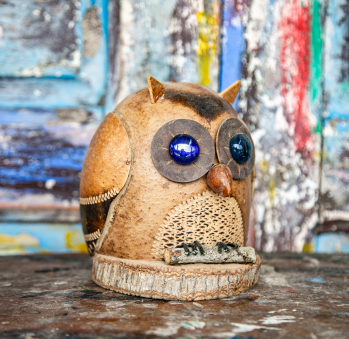
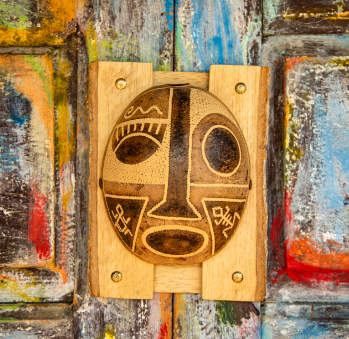
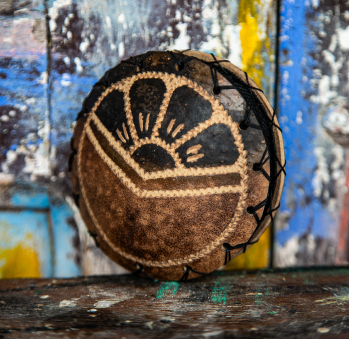
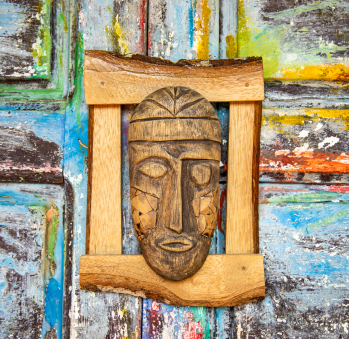
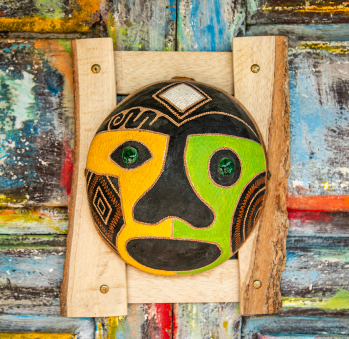
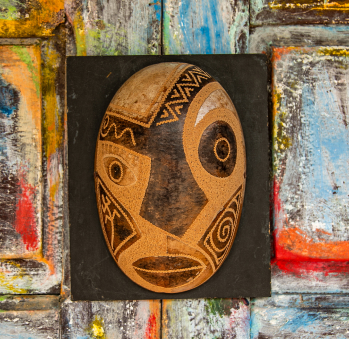
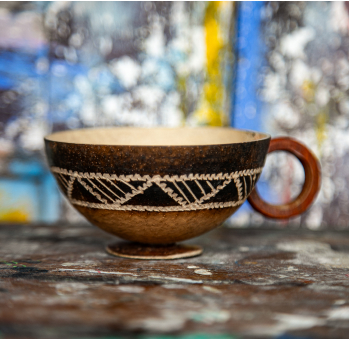
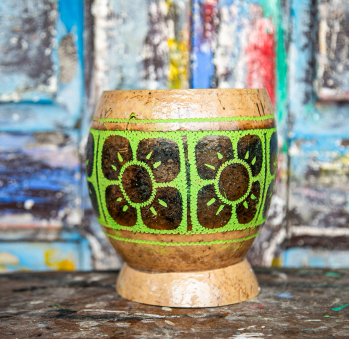








Artisans along the way
Artisans along the way
No puede copiar contenido de esta página

